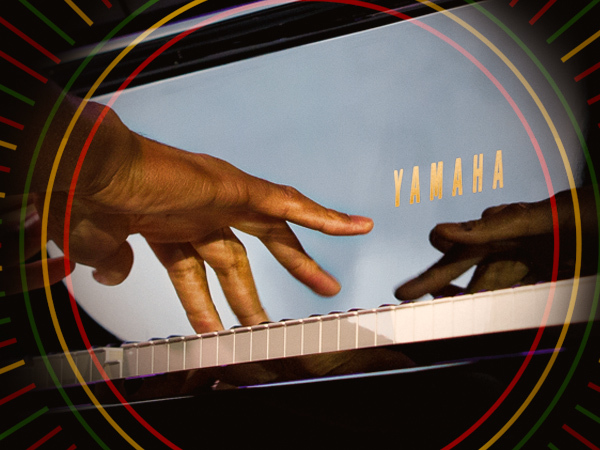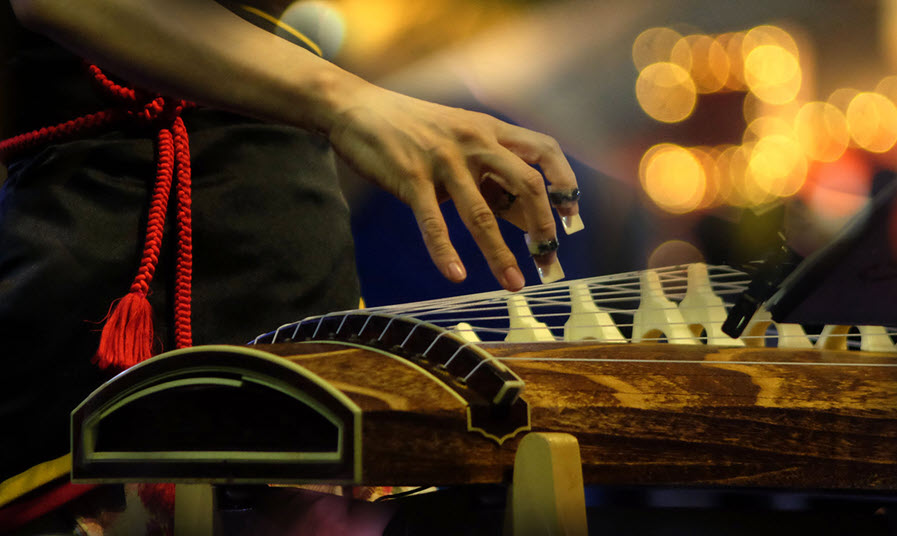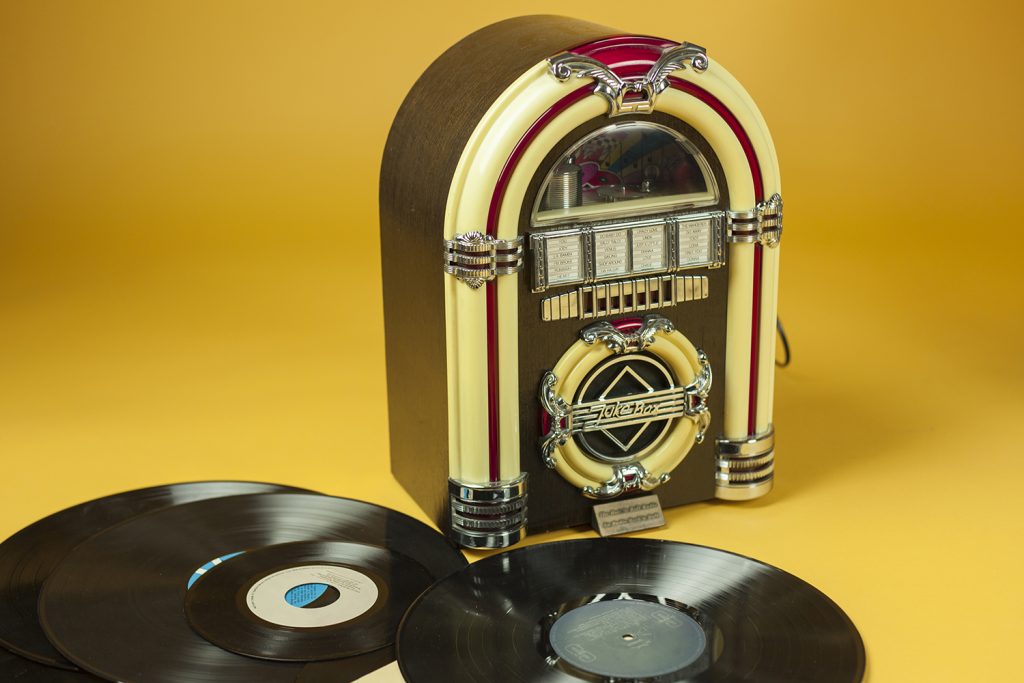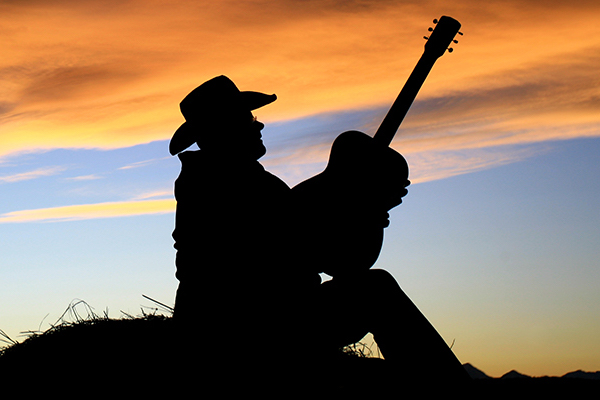Tagged Under:
The Yamaha Story
It all began with a watchmaker’s trek over the mountains of Hakone.
(This is our 100th blog posting … and it’s a special one!)

Torakusu Yamaha
On July 15, 1887, the principal of an elementary school in the remote city of Hamamatsu, Japan summoned a young watchmaker / medical equipment repairman named Torakusu Yamaha. Torakusu was asked if he could fix the school’s beloved reed organ, and he agreed to give it a try.
He was successful.
The principal of the school, one assumes, was delighted.
There and then, a company was born.
The Early Years
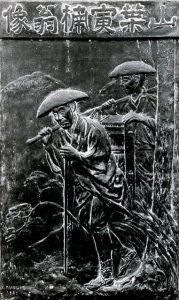
Encouraged by his success and recognizing the need for quality musical instruments, Torakusu began creating a prototype reed organ of his own. When it was complete, he decided to present it in person to the prestigious Music Institute (today’s Tokyo National University of Fine Arts and Music). The journey between the two cities at that time was a long and difficult one: Torakusu literally slung his creation over his shoulder on a carrying pole and crossed the mountains of Hakone on foot. This historic trek was later immortalized in the bas-relief shown here.

But the organ was not well-received – in fact, it was criticized harshly for its poor tuning. Undaunted, Torakusu began studying music theory in order to master the art of tuning. After months of grappling with technical obstacles, he was finally able to construct an organ with reliable tuning. Later that same year, Torakusu established the Nippon Gakki Company (which, in English, translates to “Japan Musical Instrument Company”) and started producing portable reed organs. By 1889, the company employed 100 people and manufactured some 250 instruments a year.
In 1899, Japan’s education ministry sent Torakusu to the United States to learn piano making. Nippon Gakki began manufacturing upright pianos in 1900, followed by grand pianos starting in 1902. In 1914, the company introduced their first harmonica and began exporting them worldwide.
Diversification into New Areas
In the late 1940s, Genichi Kawakami, then-president of Yamaha, began looking for ways to apply the company’s expertise to the manufacture of motorcycles. In 1955, the success of the YA-1 “Red Dragonfly” resulted in the founding of Yamaha Motor Co., Ltd. At around the same time, Nippon Gakki began research into the use of new materials such as glass fiber reinforced plastic, resulting in products such as sailboats, yachts and oceangoing fishing vessels, as well as bows for archery and skiing – even bathtubs! That same research led to the development of lead alloy production equipment for boilers and central heating systems.
Audio Comes of Age
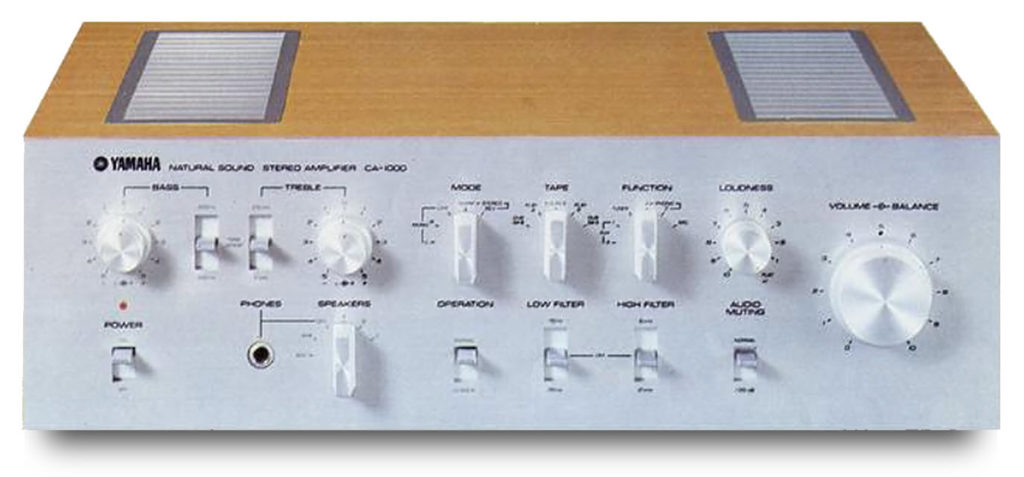
audio amplifier
Despite the worldwide success of Yamaha Motors, the central theme of Nippon Gakki remained true to its founder’s central interest: music. During the “Hi-Fi” boom of the 1950s, the company began producing audio components to help music lovers enjoy their leisure time. When integrated circuits began replacing transistors in the early 1970s, Nippon Gakki started making their own in order to meet the rapidly increasing demand for electronic keyboards and audio devices. In 1976, a factory to produce large scale integrated circuits was opened; soon thereafter, all Yamaha electronic keyboards were converted from analog to digital format. Not coincidentally, that same year saw a spate of new product releases, including the first Yamaha electric piano and synthesizer.
An Era of Rapid Expansion
The 1980s were a time of growth for Yamaha. In 1982, the Disklavier™ was unveiled – a revolutionary product that combined an acoustic piano with a built-in computer to record and play back performances. The DX7 digital synthesizer, introduced in 1983, quickly became the world’s best-selling synth. In 1987, Yamaha released its first digital mixer, followed in 1989 by the world’s first CD recorder.
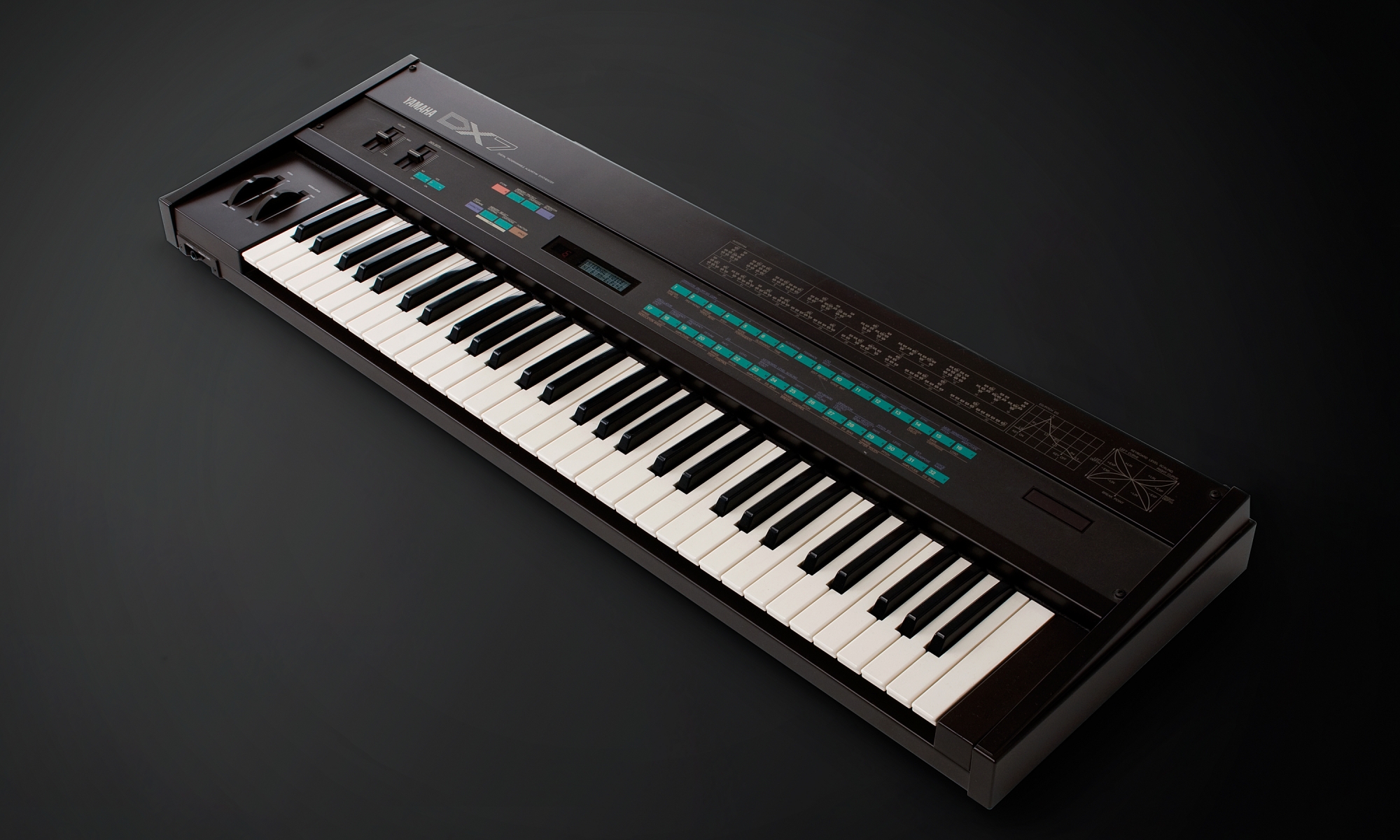
This was a trend that would continue. 1993 saw the introduction of the first of the innovative SILENT™ series – a piano that could be heard normally, or through headphones only. This was later followed by other SILENT instruments, including trumpet, drums, violin, cello, bass, guitar and viola. In 2009, Yamaha debuted the world’s first hybrid piano – an all-digital instrument that replicates the touch and feel of an acoustic piano without the cost or maintenance.
In addition, Yamaha has acquired a number of other leading companies over the years, including piano manufacturer Bösendorfer; software developer Steinberg; and Line 6, maker of digital modeling guitars and amplifiers.
Yamaha Today
In 1960, Nippon Gakki established the Yamaha International Corporation (later renamed Yamaha Corporation of America). Today, Yamaha is the world’s largest manufacturer of musical instruments, as well as a leading manufacturer of semiconductors, AV components, computer-related products, sporting goods, household and furniture products, specialty metals, machine tools and industrial robots. Yamaha also continues its pioneering research in modern technologies such as the application of artificial intelligence to music-making and live performance.
Anatomy of a Logo
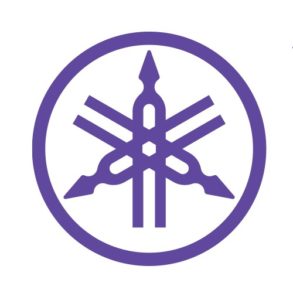
In 1898, Nippon Gakki adopted a tuning fork as the basis for an official company logo, inspired by the challenge faced by founder Torakusu Yamaha as he struggled to refine his reed organ prototype into one that held its tuning.
The three tuning forks of the modern Yamaha logo symbolize the three essential musical elements: melody, harmony and rhythm. They also evoke the company’s reputation for sound and music the world over – a territory signified by the enclosing circle. After all, music is the universal language!
For more information about the history of Yamaha, check out the video below:
Milestones
Here are a few milestones in the history of Yamaha:
1887: First reed organ
1900: First upright piano
1902: First grand piano
1914: First harmonica
1915: First xylophone
1932: First pipe organ
1954: First Hi-Fi player
1959: First electric organ
1966: First acoustic guitar; first electric guitar; first electric bass; first guitar amplifier; first trumpet
1967: First recorder; first saxophone; first marimba; first acoustic drum set; first loudspeaker
1969: First trombone; first tuba
1970: First French horn; first flute; first clarinet; first euphonium
1972: First audio mixer; first integrated amplifier
1974: First alto horn; first power amplifier; first headphones
1975: First preamplifier
1976: First electric piano; first synthesizer
1979: First portable keyboard
1982: First CD player
1984: First marching drums; first timpani; first sequencer; first MIDI keyboard controller
1985: First multi-effects processor
1986: First oboe; first rhythm machine; first electronic drum kit
1987: First Disklavier™; first bassoon; first MIDI wind controller; first digital mixer
1991: First AV receiver
1993: First SILENT Piano™
1995: First SILENT Brass™; first home theater surround system
1996: First SILENT Session Drums™
1997: First SILENT Violin™
1998: First SILENT Cello™
2000: First violin; first SILENT Bass™
2001: First SILENT Guitar™
2002: First SILENT Viola™; first Arranger workstation
2004: First digital sound projector
2008: First audio interface; first pocket recorder
2009: First hybrid piano










